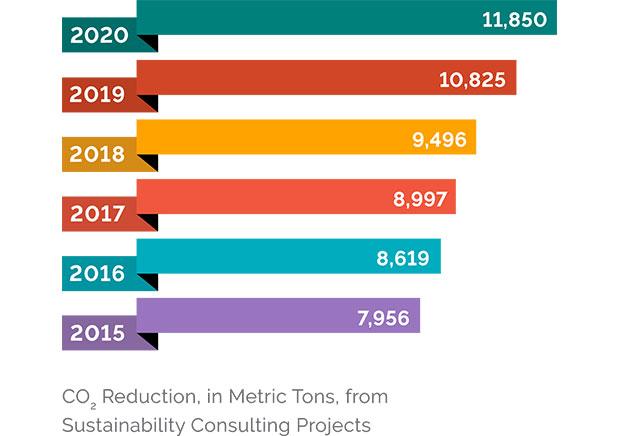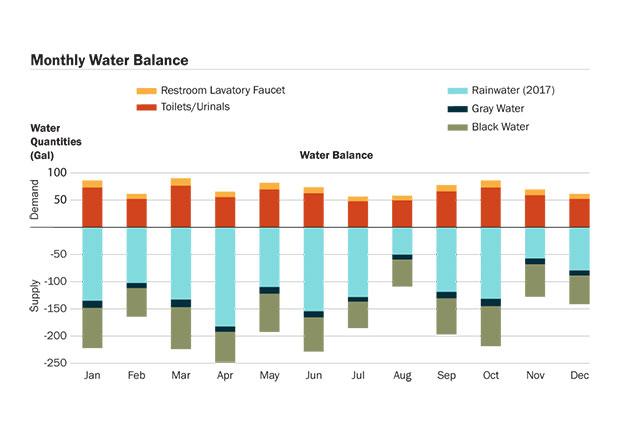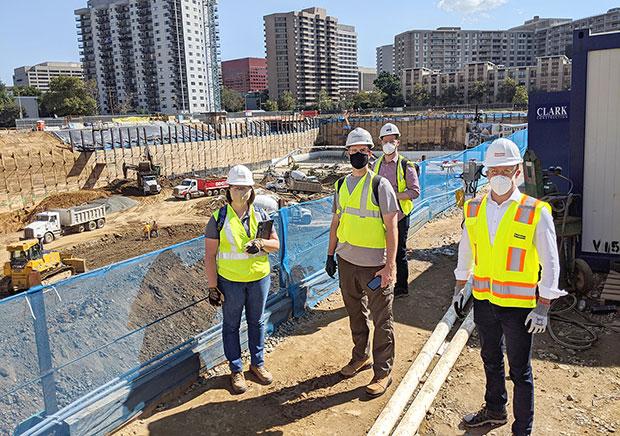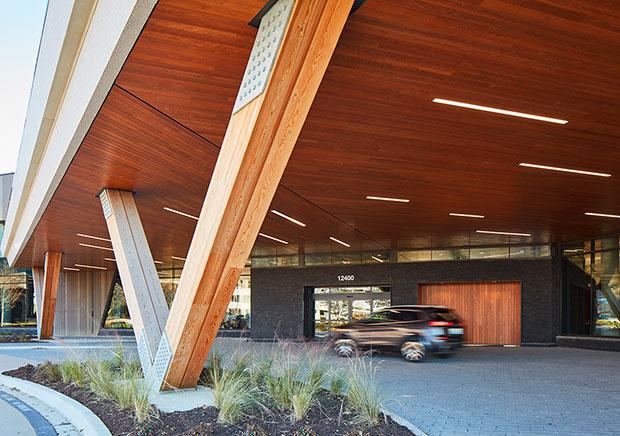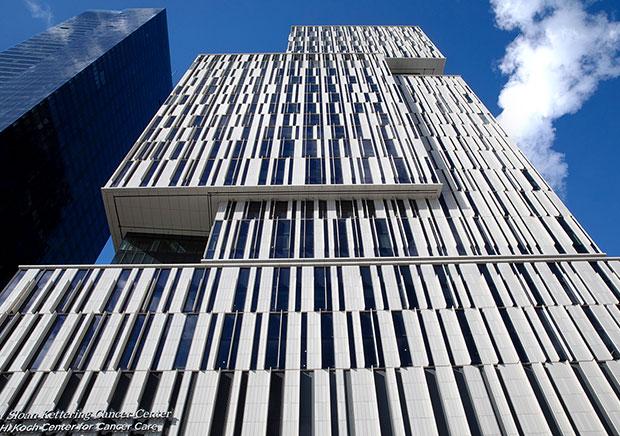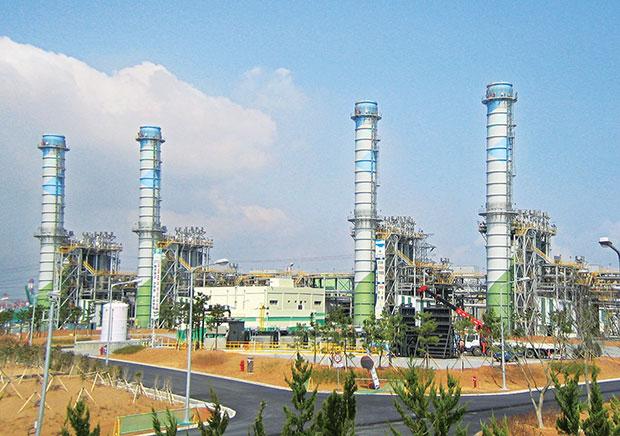News | Stories
2020 Showcase: Responding to the Pandemic
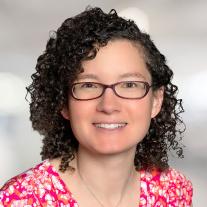
 Thornton Tomasetti
Thornton Tomasetti
When COVID-19 cases surged in the spring of 2020, and again last winter, our engineers, scientists and programmers lent a hand. Here are a few of the ways we helped our clients and communities meet some immediate challenges.
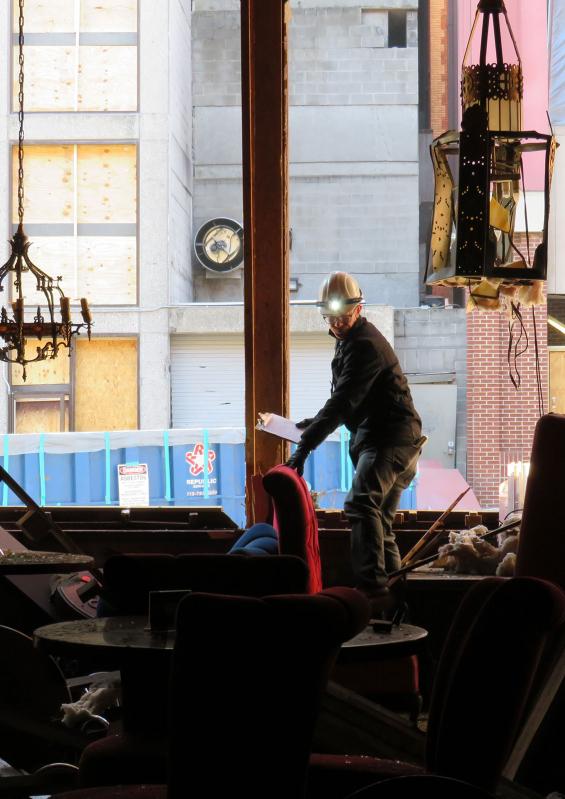 Associate Damian Moser assesses the condition of a building in Nashville after it was damaged by blast in December 2020.
Thornton Tomasetti
Associate Damian Moser assesses the condition of a building in Nashville after it was damaged by blast in December 2020.
Thornton Tomasetti
In March 2020, a killer tornado touched down in Nashville, Tennessee, and a 5.7-magnitude earthquake rocked Salt Lake City, Utah. From July through November, a succession of hurricanes battered Louisiana, Alabama and Florida. In August, a deadly derecho swept across the Midwest. And from July through December, massive wildfires ravaged the West Coast.
Despite the risk of COVID-19 infection, our forensics teams were on the ground within days of each of these events, evaluating the integrity of structures, assessing damage and helping speed recovery. When we couldn’t be on the scene, we worked remotely, using photos and video provided by on-site personnel, to perform inspections and prepare diagnostics. Strict adherence to CDC guidelines, regular testing and daily health-status reporting through our Healthy Reentry app reduced the risk of COVID-19 exposure so our employees could focus on helping communities get back on their feet.
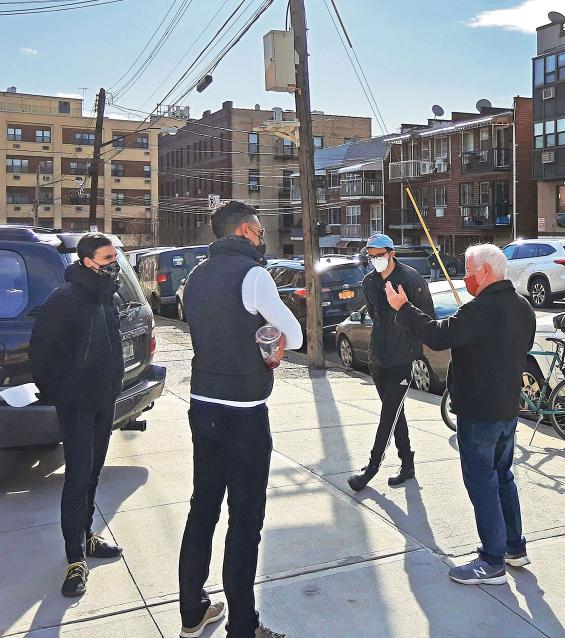 Courtesy Teddy Kofman/SpaceODT Architects
Courtesy Teddy Kofman/SpaceODT Architects
Our Doing Good Business initiative worked with Design Advocates – a network of architecture firms and designers who volunteer their time and expertise to collaborate on projects, research and advocacy that serve the public good – to help create safe open space for urban communities.
Here, Principal Jim Quinn (right) discusses possibly closing part of 80th Street in Queens for weekend visitors to an adult care center, with (clockwise from foreground) Greg Spock (back to camera) and Christian Cassagnol, both of Queens Community Board 4, and Luke DeCourcey Cregan of Design Advocates.
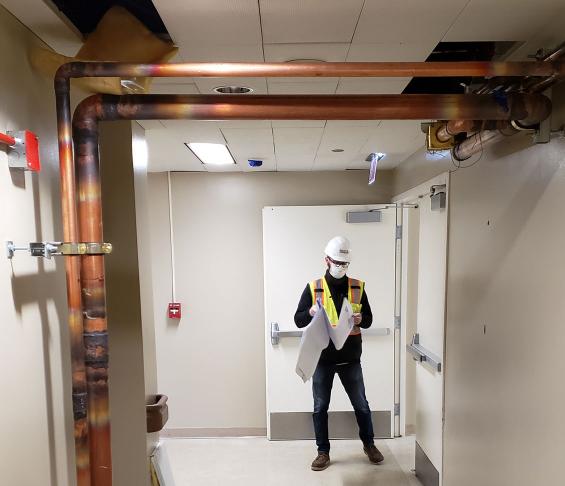 Thornton Tomasetti
Thornton Tomasetti
Westlake Hospital in Melrose Park, Illinois, closed in 2019, but it took more than just turning the lights back on to reopen in 2020 for COVID-19 patients.
We reviewed and reinforced the hospital structure to support new air condensers, air-handling units, temporary chillers and generators.
The facility’s initial capacity of 230 beds was expandable up to 360.
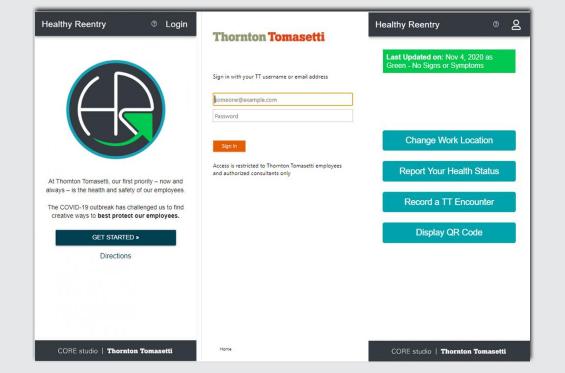 Thornton Tomasetti
Thornton Tomasetti
Our CORE R&D team developed Healthy Reentry, a health-monitoring and contact-tracing app that supports safer workplace reentry and protects privacy.
We made the open-design, web-based app available free of charge, and other firms are customizing it for their own use.
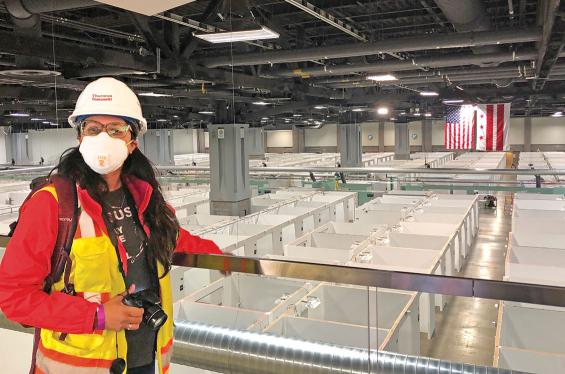 Thornton Tomasetti
Thornton Tomasetti
Associate Rupa Patel at the Walter E. Washington Convention Center, where we provided structural engineering services that helped transform the space into a 443-bed medical facility.
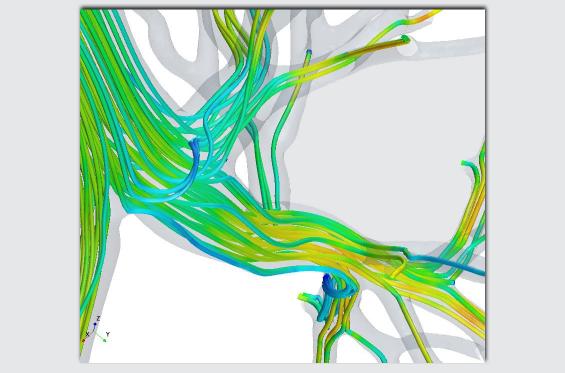 Thornton Tomasetti
Thornton Tomasetti
Our life sciences specialists applied their expertise in computational fluid dynamics modeling to help researchers and ventilator manufacturers validate a range of design concepts, including using one ventilator for several patients simultaneously.
This model, based on data from Synopsys, shows the pressure gradient in a human lung: blue is low pressure, red is high.
2020 Progress Report: Our Good Work
2020 Sustainability Showcase: Triple-Net-Zero School
2020 Embodied Carbon Showcase: Delivering Resilience to Metropolitan Park
2020 Mass Timber Showcase: Going All-In on Mass Timber
2020 Resilience Showcase: The David H. Koch Center for Cancer Care
2020 Applied Science Showcase: Decarbonizing the Power Sector

